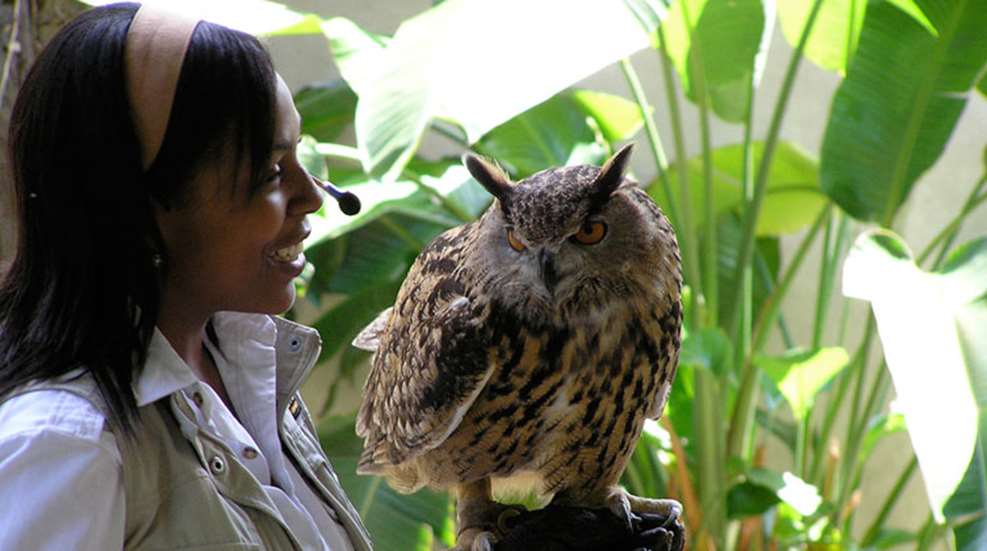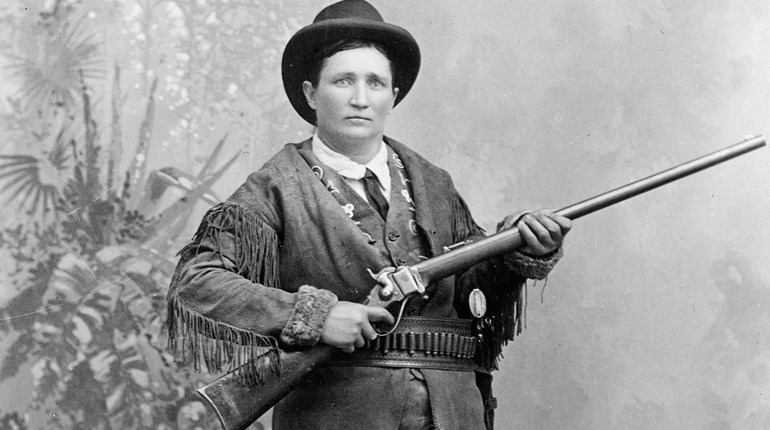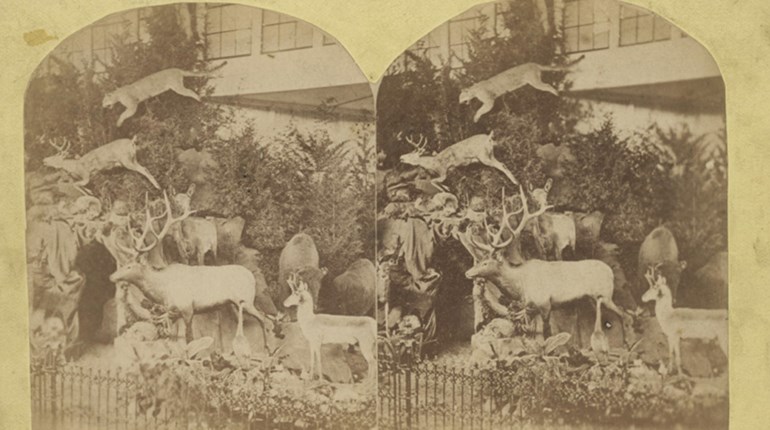
Zoology, the study of animals and animal life, is one cool career. Zoologists work in many places: state parks and wildlife departments, environmental and wildlife protection organizations, in veterinary clinics, as teachers in schools and universities—and maybe best of all, in zoos.
“I’ve always been around animals since I was a child,” says Joe DeGraauw of the Nashville Zoo in Nashville, Tenn. “I grew up stomping in creeks and hunting and fishing.”
DeGraauw is the avian curator, which means he oversees the birds and the people who work with them. For him, working in a zoo is the perfect blend of his passion with his career. “I see some of these birds and think, ‘God was rocking when he created this thing,’” he says with a smile.
Connie Philipp, director of animal collections at the same zoo, is equally enthusiastic about her work. “I always wanted to make a difference,” she says. “Animals are important to me.” Her passion, she explains, is animal conservation.
Studying the Animals
People who work in a zoo are animal lovers and they spend a lot of time studying the animals. What makes the animals scared, sad or sick? How do they get along together? What behavior is normal and what behavior is not? Zoologists take notes and pictures and make recordings of the animals. They study that information, ask questions and make decisions.
As an example, zoologists have found that clouded leopards do much better in captivity if they are hand-raised as cubs. So getting these cubs used to humans is the standard in all zoos. Part of the job of some lucky zookeepers is to actually play with the cubs!
By studying animals in the zoo, zoologists learn not only how to help zoo animals, but also what might help animals in the wild. So it’s an important job.
Training and Enrichment
Training animals is a big part of zoo life. If you have a pet, you probably know that they can become scared when you take them to the vet. Zoo animals can get scared, too, especially if they have to be held down.
A lot of the training is to teach zoo animals to volunteer for medical procedures. Birds are taught to walk onto scales to be weighed. Tigers are taught that it’s no big deal when their tail is pulled through the mesh to draw blood. Monkeys are taught to offer their arms or thighs for a shot. Meerkats are taught to walk under a machine called a transponder, which reads their identity numbers. Because they are rewarded for these behaviors with a special treat, the animals are not afraid and do not need to be held down.
There are other types of training, too. “There was a female gorilla that had a history of abandoning her babies,” recalls Philipp. The solution was to teach mothering skills.
“When we work with animals,” she continues, “we have to find out what is the issue so we can help them.”
Animals are also provided with enriching experiences. These activities are designed to encourage natural behaviors. For example, anteaters in the wild search for and eat ants and termites they find in rotten logs. So zookeepers might bring in a rotten log and let the captive anteaters destroy it and eat what they find. Monkeys, on the other hand, might be given puzzle boxes or jam smears. The idea is to provide different kinds of enriching activities that are suited to the type of animal.
Learning from Others
Taking care of animals, particularly if it’s a species new to a zoo, may mean asking other zoos or outside experts for advice. Take the blue-crowned motmots. These South American birds like to lay their eggs in very tight, dark spaces, which is why the motmots at the Nashville Zoo tried to tunnel into the ground in preparation for nesting. Unfortunately, the tunnel kept caving in on them. That’s when DeGraauw started talking to other zoos about possible solutions. Soon, he had all the information he needed to build a nesting box.
Other Activities
Of course, you’d expect people who work in a zoo to be involved in the cleaning and feeding of animals, and we’ve already talked about studying the animals, training them and learning from others, but there’s a lot more to the job. Babies often need to be hand-raised and eggs must be incubated, exhibits must be designed and maintained, plans must be made to get new species, veterinary procedures must be performed and animals must be brought in for the night and let out in the morning. Then there are meetings and, of course, paperwork.
The Bottom Line
You can see that working in a zoo is an interesting career in many different ways. But what’s the best part?
“Working with the animals,” answers Philipp with no hesitation whatsoever.
“Being able to work on species of birds that people otherwise would never know anything about—the practice that allows us to keep birds happy and healthy,” offers DeGraauw.
Philipp and DeGraauw seem to share a remarkable passion for their work. Could it be yours, too?







































